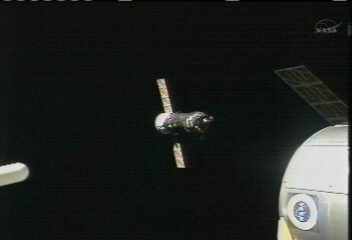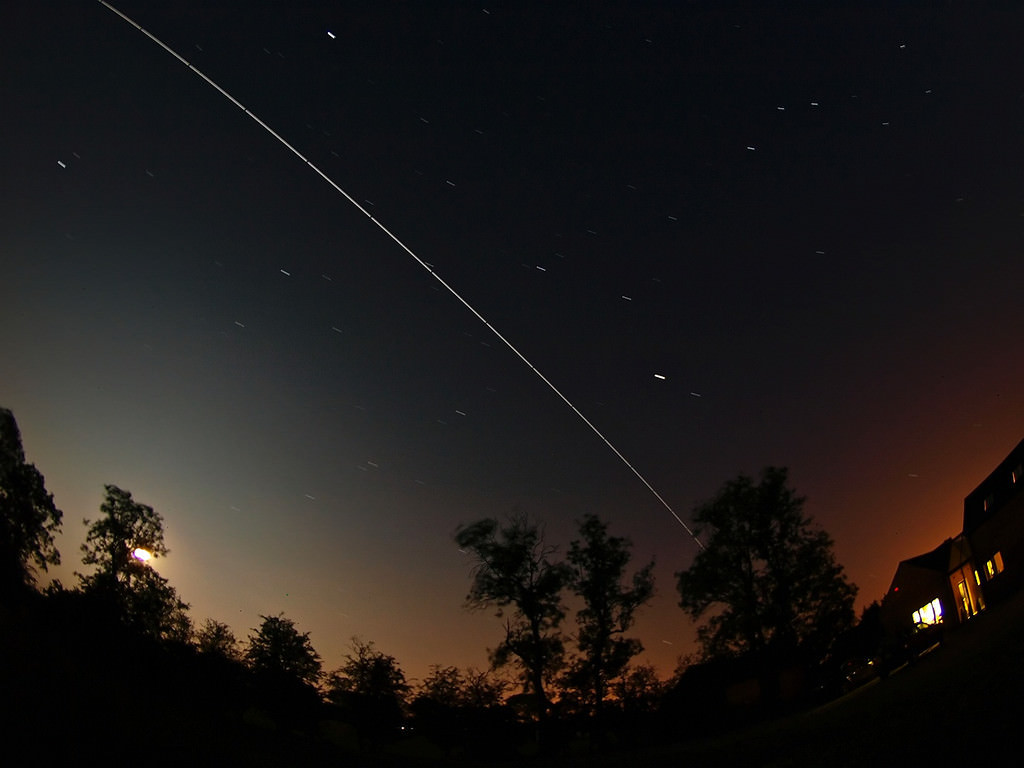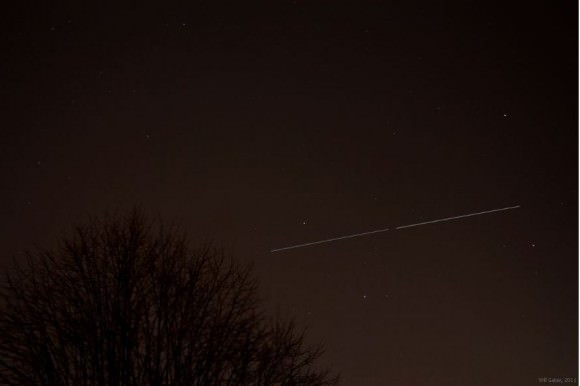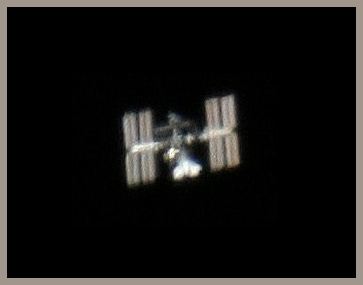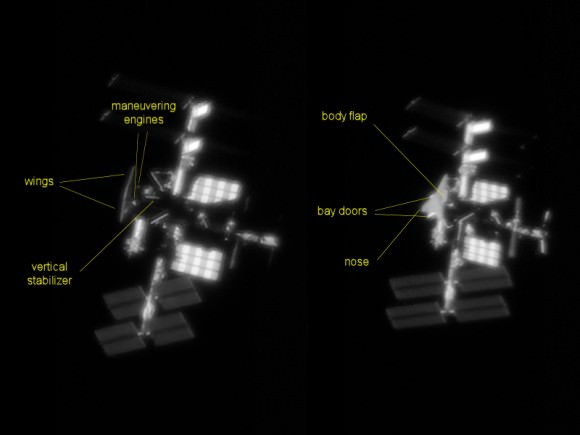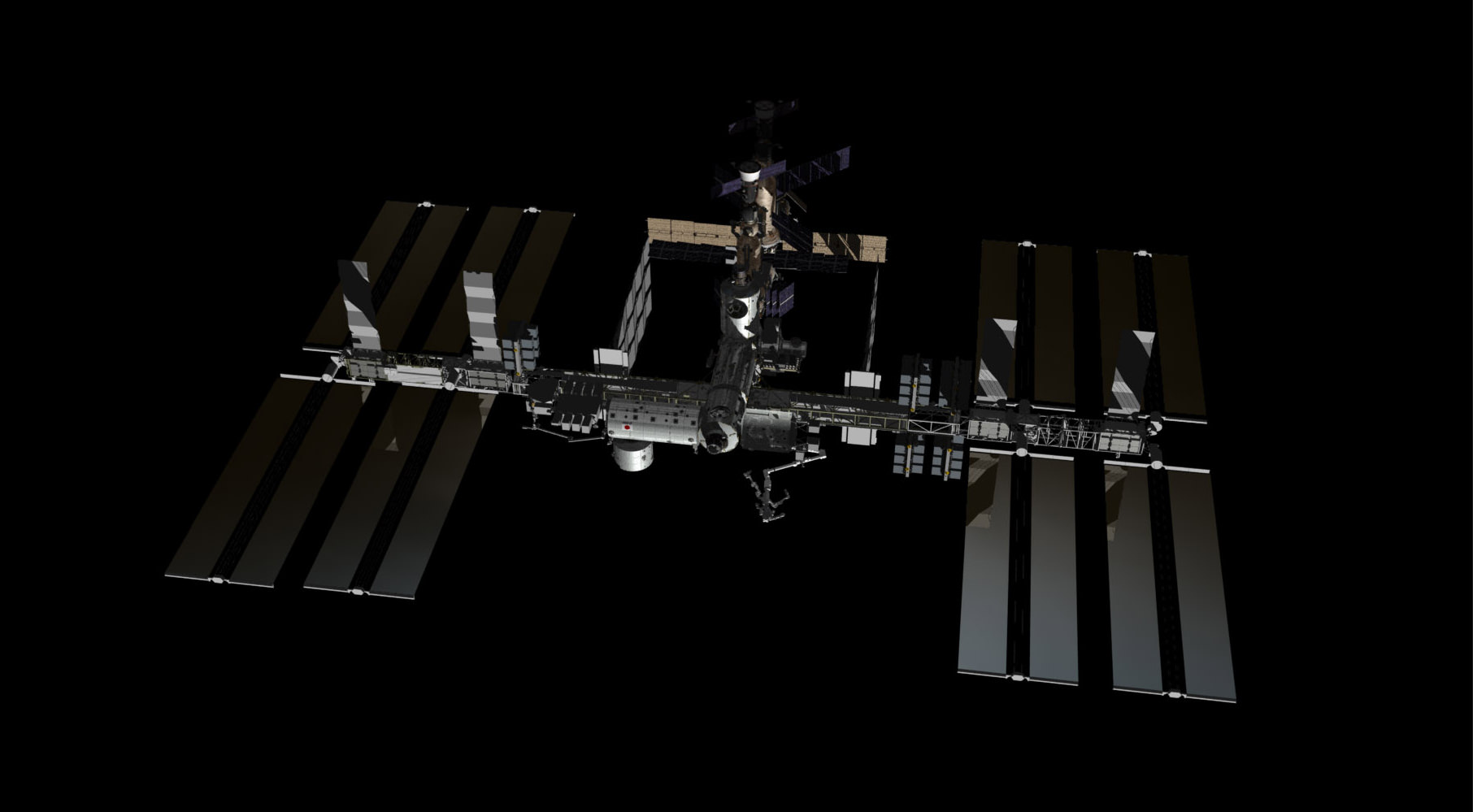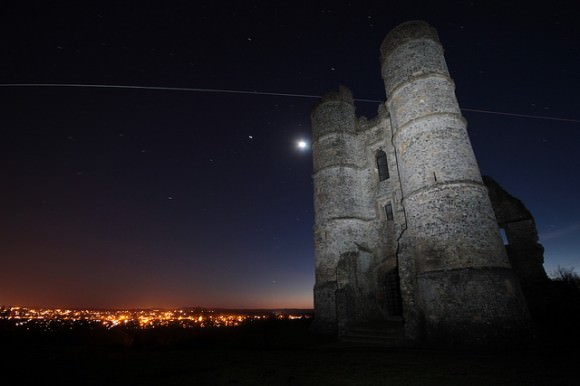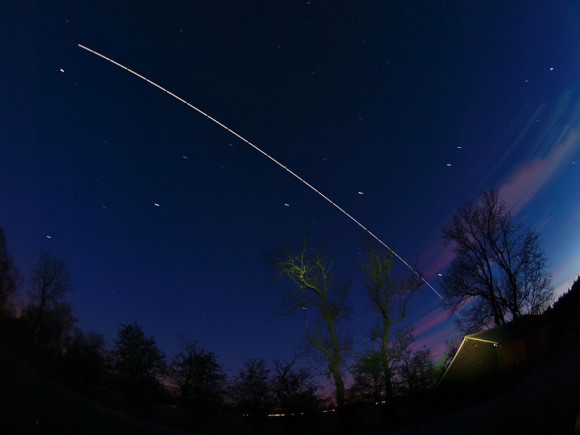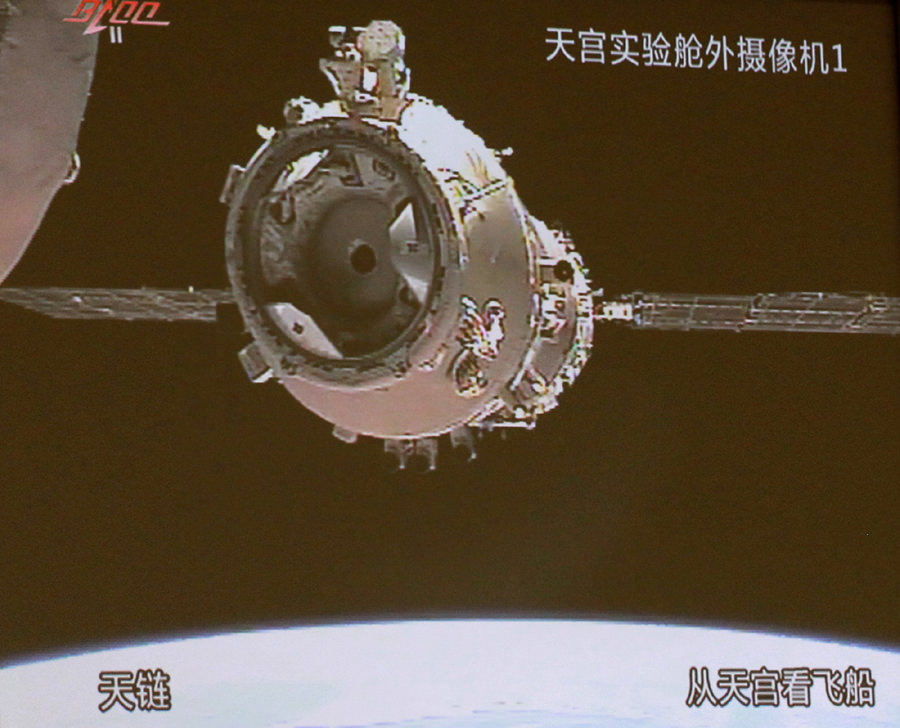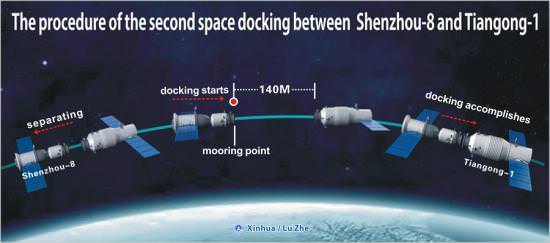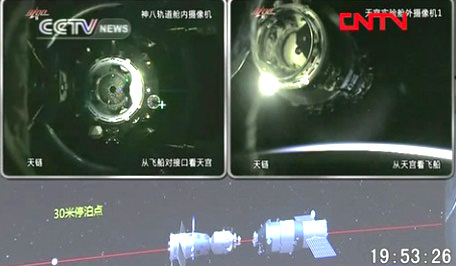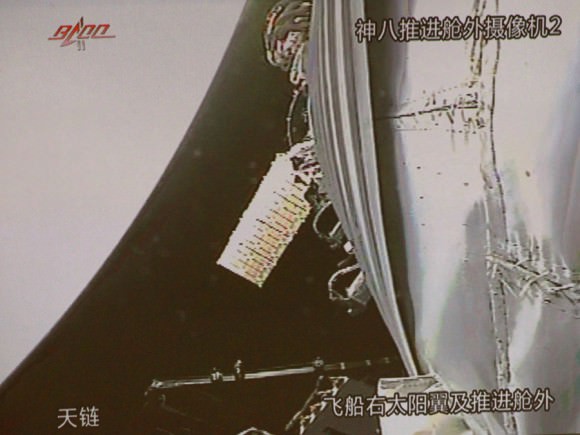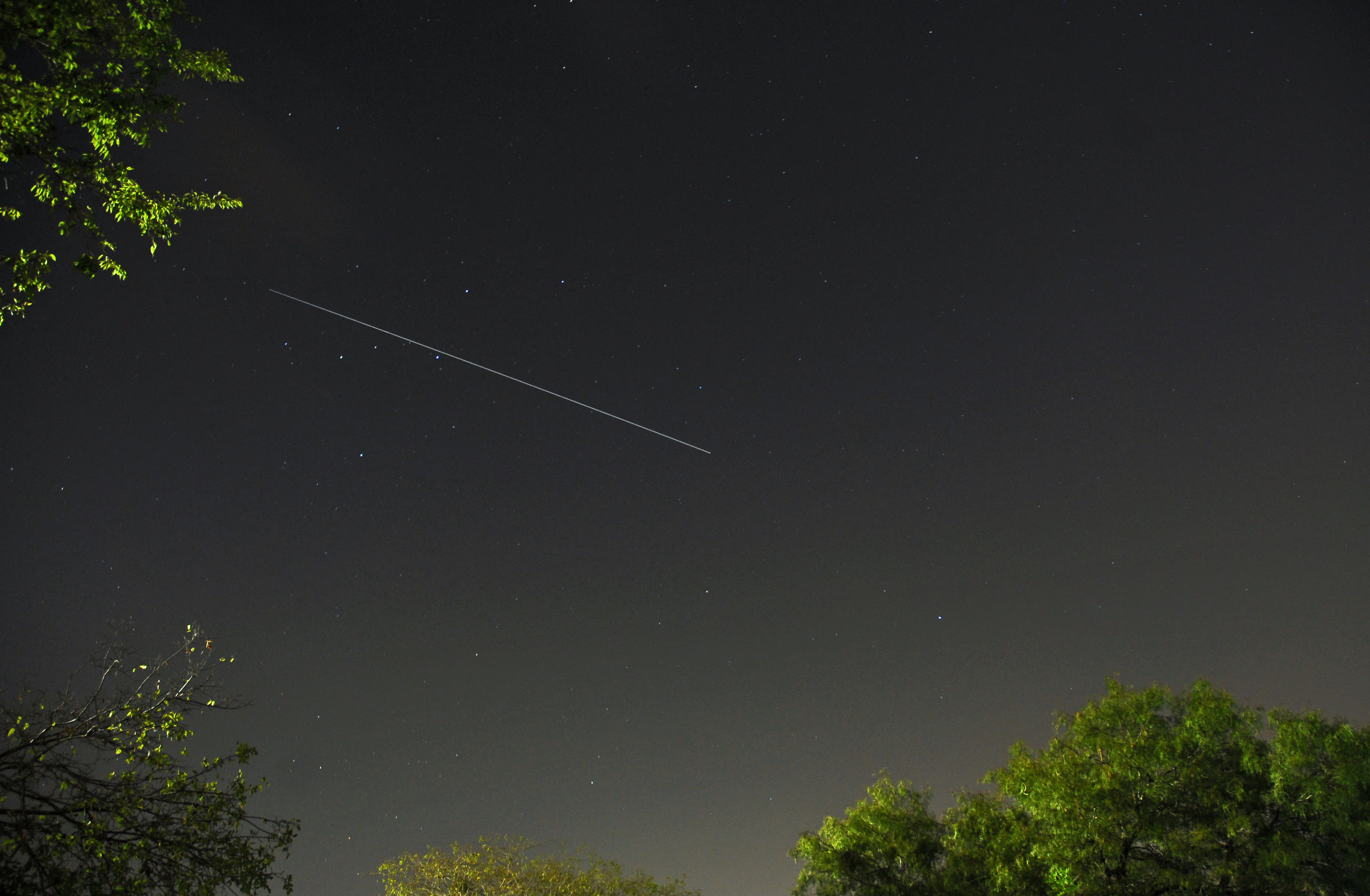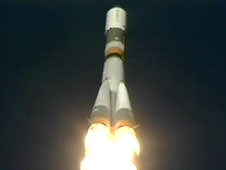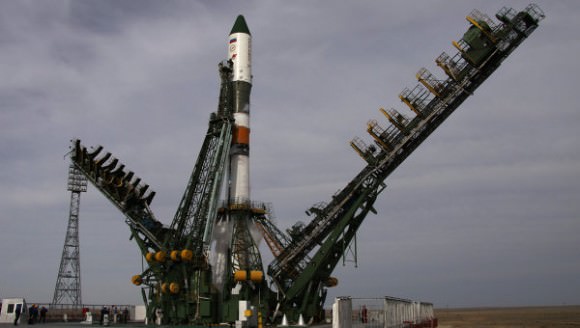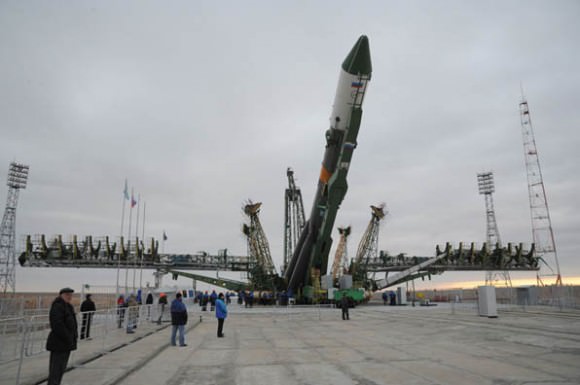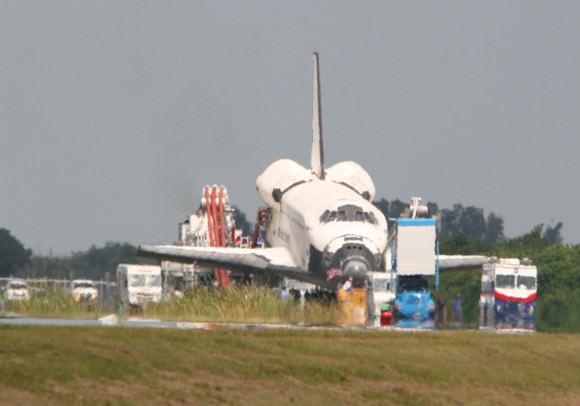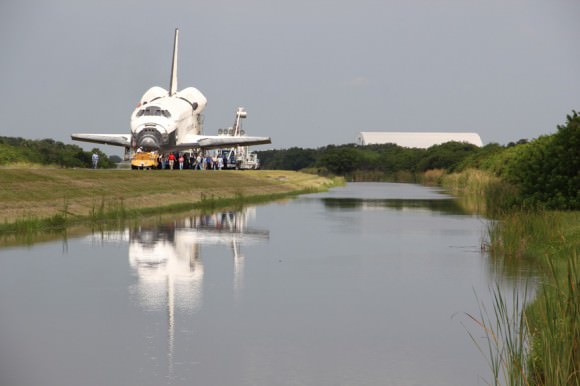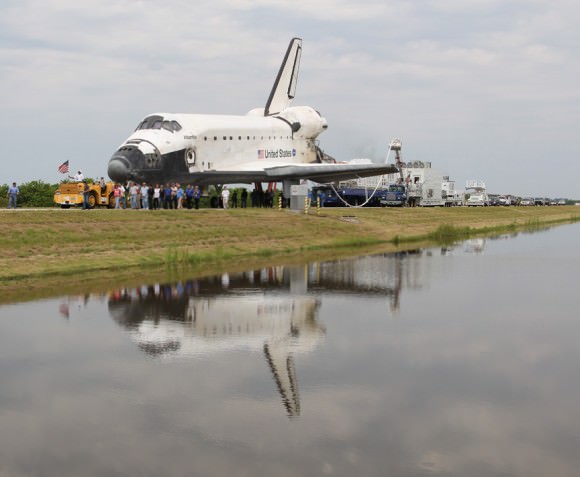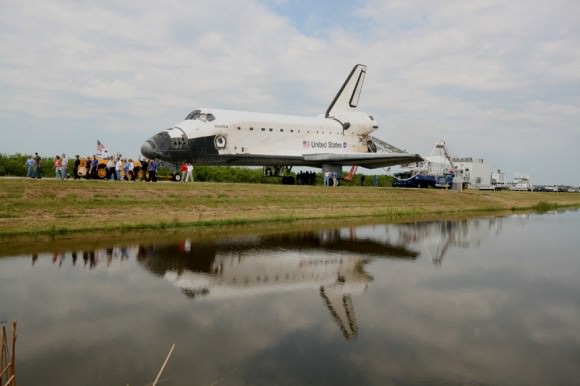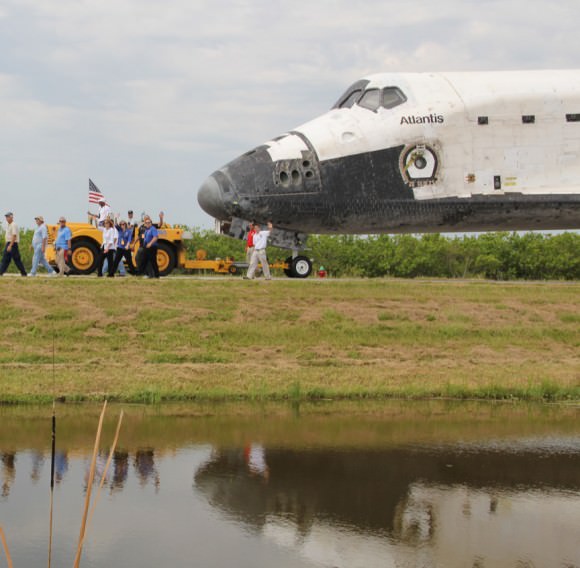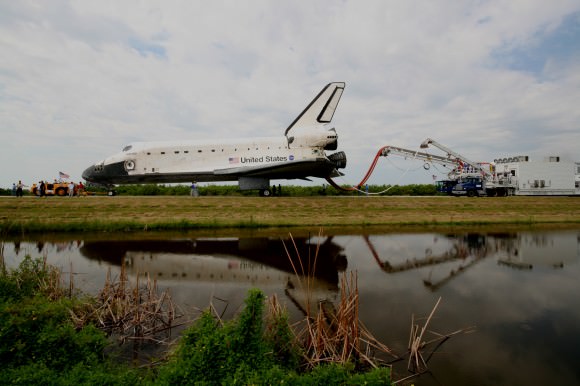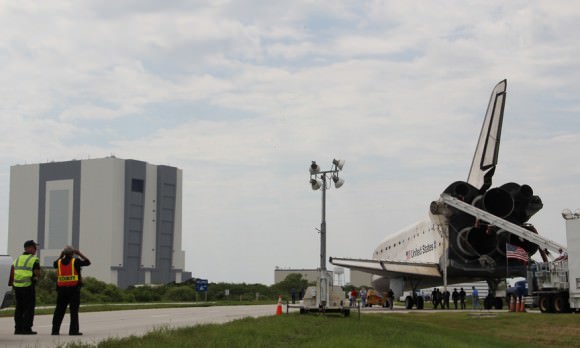To space Tweeps, Twitter is so much more than just a news service. It’s a community, a spot where everyone can showcase their interests and form professional bonds with each other.
The most prominent space-themed Twitter accounts of 2012 somehow transcended their original purpose, too. A NASA Mars Curiosity account ended up hobnobbing with comedian Steve Martin, and a space-station-passing service suddenly found itself in bit of a Twitter controversy.
Here are 10 of some of the most memorable Twitter accounts from this year. Yes, there’s a lot of Mars reflected here, but the entities quoted below explore all over the Universe.
@astro_andre
Dutch astronaut André Kuipers spent the first half of 2012 orbiting Earth. From his perch aboard the International Space Station, he participated in the historic SpaceX docking in May and finished 50 experiments. But rather than dwell on these achievements, he spent his tweeting time in space showing his gorgeous pictures of Earth. Maybe that old Apollo phrase about going to space and discovering Earth still has resonance today.
@BadAstronomer
Phil Plait is a good scientist-cum-journalist to follow in general, because his tweets constantly show his love of the universe. (“Embiggen!” he would perhaps shout at this point.) What made him stand out in 2012, though, was his willingness to use his immense Internet fame to showcase the work of others, such as his frequent Tweeting and posting of great space images and timelapse videos, or helping to ‘kickstart’ new projects and help them get off the ground, such as the Uwingu astronomy startup. He shows that Twitter most definitely has altruistic use.
@chrislintott
Chris Lintott demonstrated how to handle a situation when a close, beloved colleague passes away. The co-presenter of The Sky At Night was among the first official voices giving word of Sir Patrick Moore‘s death, and he retweeted messages of remembrance from colleagues and ordinary people. Nicely done, during what was a difficult time.
@claratma
Hard to believe Clara Ma is a mere 15 years old when reading tweets like this. The Kansas-based teenager named the Mars Curiosity rover. This year, she has been graciously fielding interview requests from journalists, and messages of support from NASA employees, ever since the rover made it to Mars in August.
@Cmdr_Hadfield
OK, I’ll admit my bias here: I’m Canadian. I’ve been watching Canadian astronaut Chris Hadfield since he was selected 20 years ago. But in the Twittersphere, he’s made an impact. My fellow journalists publicly speak about his work, with respect. His tweets showing his astronaut training are favourited and retweeted by people all over the world. And as the first Canadian to command the International Space Station next year, Hadfield will be a force to watch in 2013.
@MarsCuriosity
Three NASA employees are behind the “hive mind” of @MarsCuriosity. The official feed for the Curiosity mission skyrocketed to fame in 2012, receiving tweets from celebrities ranging from Britney Spears to the aforementioned Steve Martin. In this case, happily, “official” doesn’t always mean “staid.” The Twitter account has been a bevy of jokes and cheerful updates in between the standard scientific results.
@NASAVoyager
At 35 years and counting, the two NASA Voyager spacecraft have ventured into the newer field of social media. The accounts received more attention as Voyager 1 reached the edge of our solar system in 2012. It’s hard to summarize solar and interstellar physics in just 140 characters, but this official NASA account does it quite well.
@SarcasticRover
Nothing says pop culture as seeing your catchphrase — “Let’s Do a Science!” — repeated ad nauseum by planetary scientists on Twitter. The brainchild of Jason Filiatrault, this account is a parody of the official Mars Curiosity Twitter and depicts a rover angrily making its way around Mars after being ordered there by unfeeling humans. Besides wry observations of Martian life, the rover broadcasts its point of view on recent discoveries in a unique way.
@SpaceX
Not often that a corporate account uses four exclamation marks in a row, but the space geeks would argue this is justified. SpaceX made headlines and history in 2012 when the Dragon spacecraft berthed with the International Space Station — a first for a private spacecraft. SpaceX’s Twitter not only broadcasts mission news, but also seeks out mentions of the company and adds commentary.
@twisst
Just before the International Space Station passes by overhead, @twisst gives you a heads-up that you’ll be able to see it. This popular account’s service was briefly shut down in 2012 due to Twitter’s concerns about the duplicate accounts required to make the service work. But a few tweaks later, @twisst returned — to the delight of its thousands of followers.


